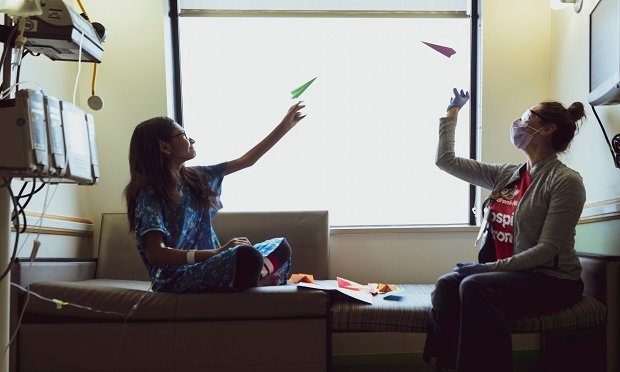 Children's National Hospital is devoted to improving patient and staff safety. (Photo provided by Children's National Hospital)
Children's National Hospital is devoted to improving patient and staff safety. (Photo provided by Children's National Hospital)
Since its founding in 1870 with just 12 beds for displaced youth after the Civil War, Children's National Hospital of Washington, D.C. has established itself as one of the most distinguished pediatric medical centers in the United States.
Recommended For You
Want to continue reading?
Become a Free PropertyCasualty360 Digital Reader
Your access to unlimited PropertyCasualty360 content isn’t changing.
Once you are an ALM digital member, you’ll receive:
- Breaking insurance news and analysis, on-site and via our newsletters and custom alerts
- Weekly Insurance Speak podcast featuring exclusive interviews with industry leaders
- Educational webcasts, white papers, and ebooks from industry thought leaders
- Critical converage of the employee benefits and financial advisory markets on our other ALM sites, BenefitsPRO and ThinkAdvisor
Already have an account? Sign In Now

